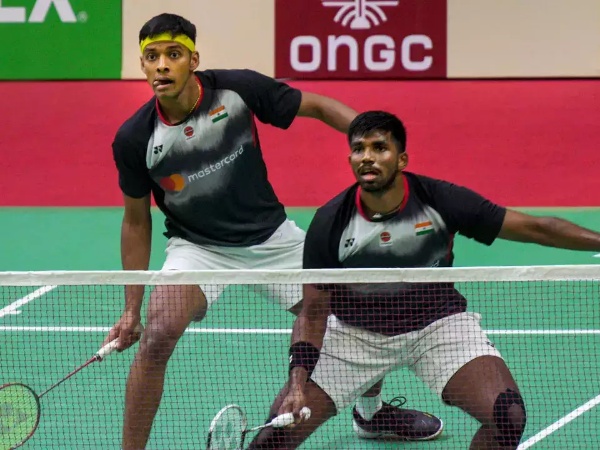views : 779
3 Min Read
BWF must prioritise player welfare, discouraging rushed return from injury
For the second time inside six months Satwiksairaj Rankireddy has pulled out of tournaments with injury. It is no secret that one half of one of the world’s badminton’s leading men’s doubles pairs has been grappling with injuries for a while now. Having had to retire from the second round of All England Championships, he has now withdrawn from the Badminton Asia Championships
Then again, he is not the only one who has had a recurrence of an injury from last year. It has just been confirmed that Malaysia’s Lee Zii Jia, who beat Lakshya Sen to the Olympic Games men’s singles bronze medal in Paris last year, has taken a break to heal his ankle. The injury first surfaced towards the end of last year and recured during All-England earlier this month.
The question is if players are rushing back to play without completing recovery in its entirety, especially when they do not secure ranking protection. It is something that only the players and their physiotherapists will be able to answer. But if there is even some hint of hurry to return to the court, it can possibly be pinned down to the demands of the sport.
It is well known that the entries for the Olympic Games and all BWF World Tour events, with attractive prize money, are based on world rankings. No player can risk a pick-and-choose approach for BWF competitions, lest he or she slide in the charts so much that playing catch up at a later stage becomes well-nigh impossible.
While the prize money on offer can be a key attraction, the world ranking acquires an attractive aura of its own and lures players for another good reason. Unless someone can come up with an alternative and satisfying method for Olympic Games qualification, the need of the players to keep their world rankings high will keep driving them to play many tournaments each year.
For long, some players have been complaining about the demanding schedule of 30 events each year. With four Super 1000, six Super 750 , nine Super 500 and 11 Super 300 tournaments each year on the BWF World Tour calendar. Besides, there are the Super 100 events that form the entry pathway for players into the World Tour.
It is a quandary that most players face but are left only with Hobson’s choice in going ahead and playing as many events as they can before their bodies break down and stop them. They will have to manage their workloads in training and recovery times smartly to ensure that they remain fit to compete at the highest level.
Legendary Razif Sidek has urged Malaysian players to not obsess over world ranking but to focus on getting better results. He suggested that Malaysia’s leading players, who had a dismal time in the All-England Championships, should play more lower tier events to regain confidence that comes with winning consistently. But can they truly sacrifice rankings?
As early as in 2017, leading coach P Gopichand and Saina Nehwal had warned that the BWF was challenging the players a great deal with its demands that they play a certain number of tournaments each year. HS Prannoy is another who has spoken up against the tight schedule that players have to contend with.
Yet, from the BWF perspective, bulk of its earnings ($45.9 million in 2024) come primarily from broadcast and streaming rights as well as sponsorships. Its tournaments are broadcast in 110 paid territories through 28 clients and distributed on 60 platforms. Hence, its commitments to sponsors, broadcasters and fans have to be balanced with players’ welfare.
No less a player than Olympic champion Viktor Axelsen faced a $5000 fine last year for withdrawing from the BWF World Tour finals owing to a foot injury. It was quite an episode that saw the Dane World No. 3 make his frustration public. American World No. 15 Beiwen Zhang was another who vent her disappointment at having to play every tournament.
It may only be a coincidence that the term ‘player welfare’ appears only once in the BWF Annual Report 2024. However, even if injuries come with the territory in competitive sport, the demand on the top badminton players’ fitness must be reviewed. Perhaps the BWF Athletes’ Commission can take the lead in this direction.
